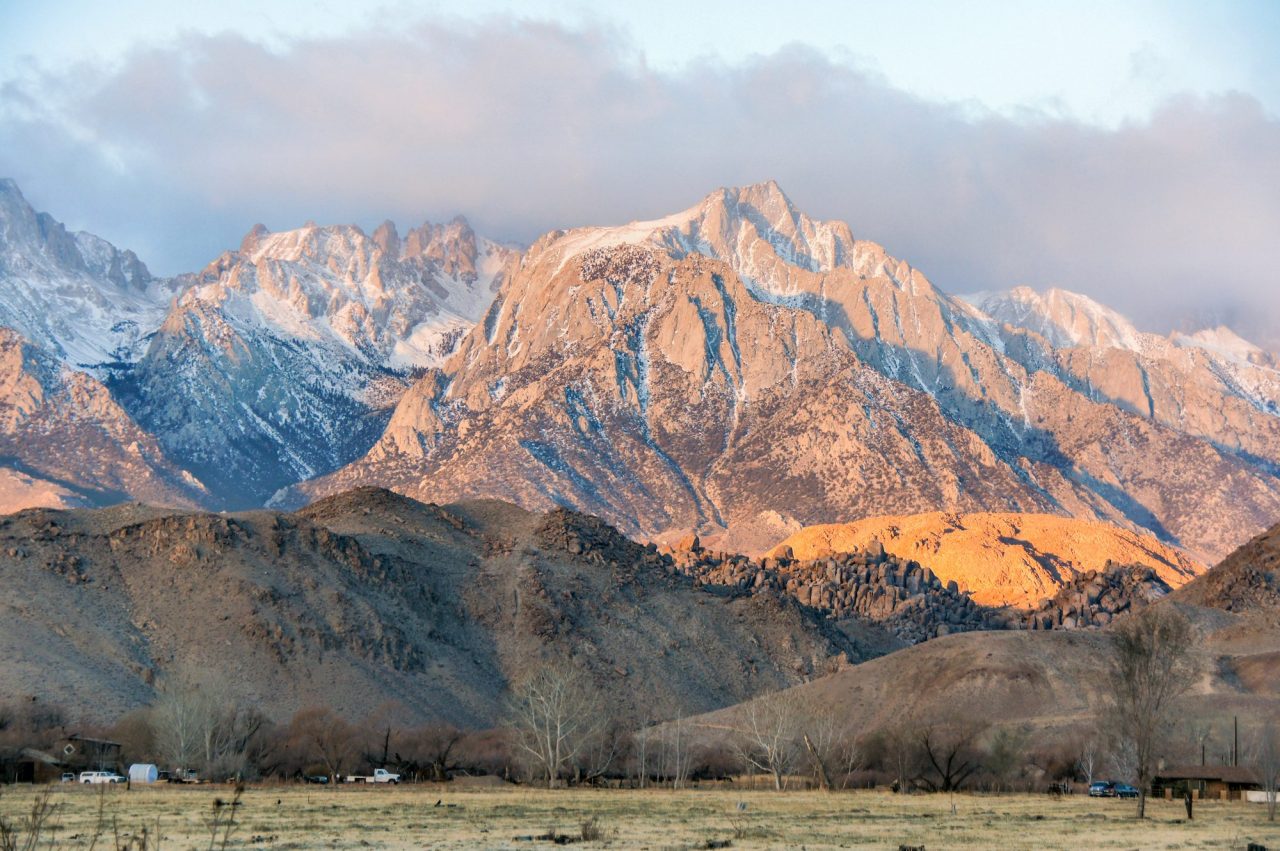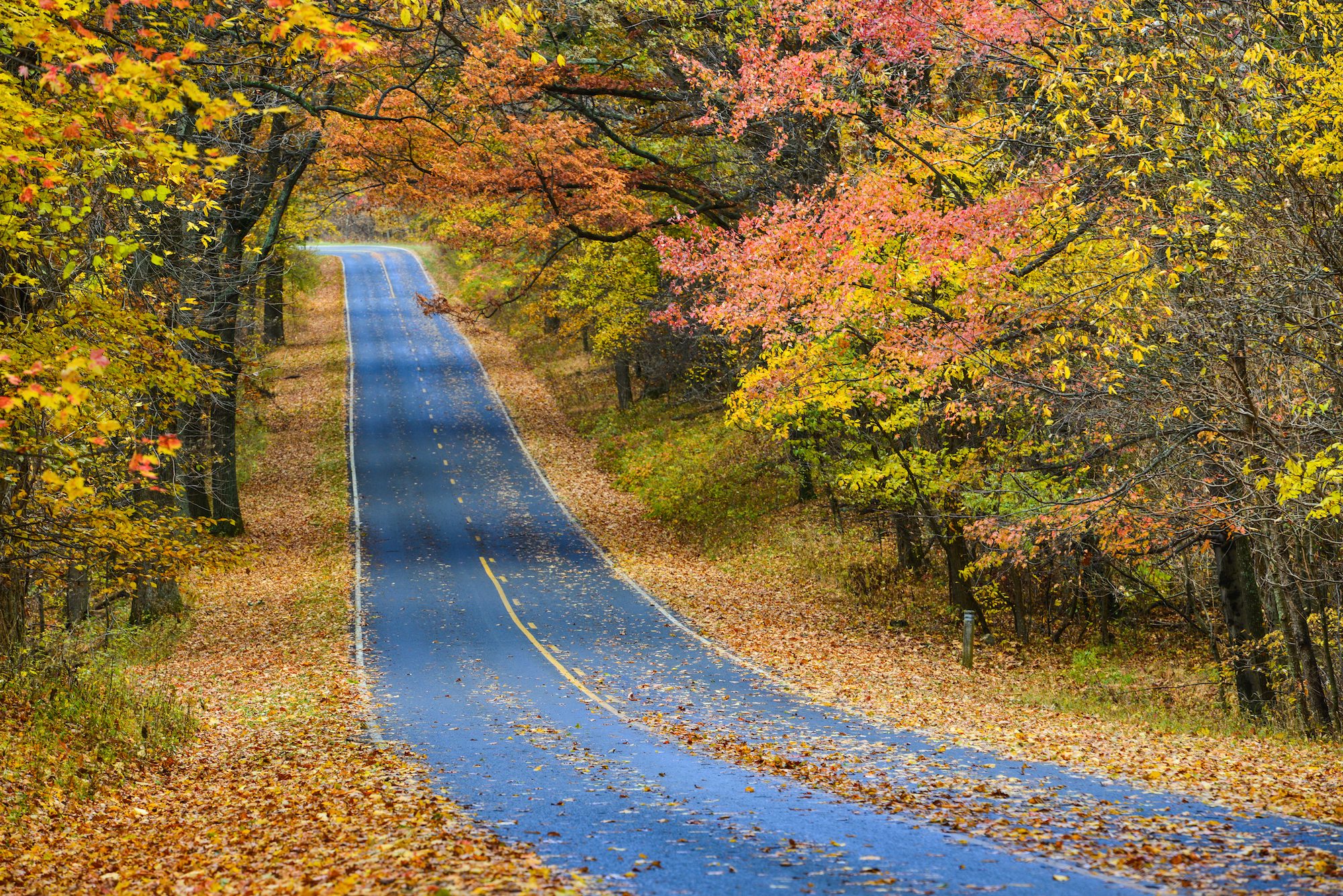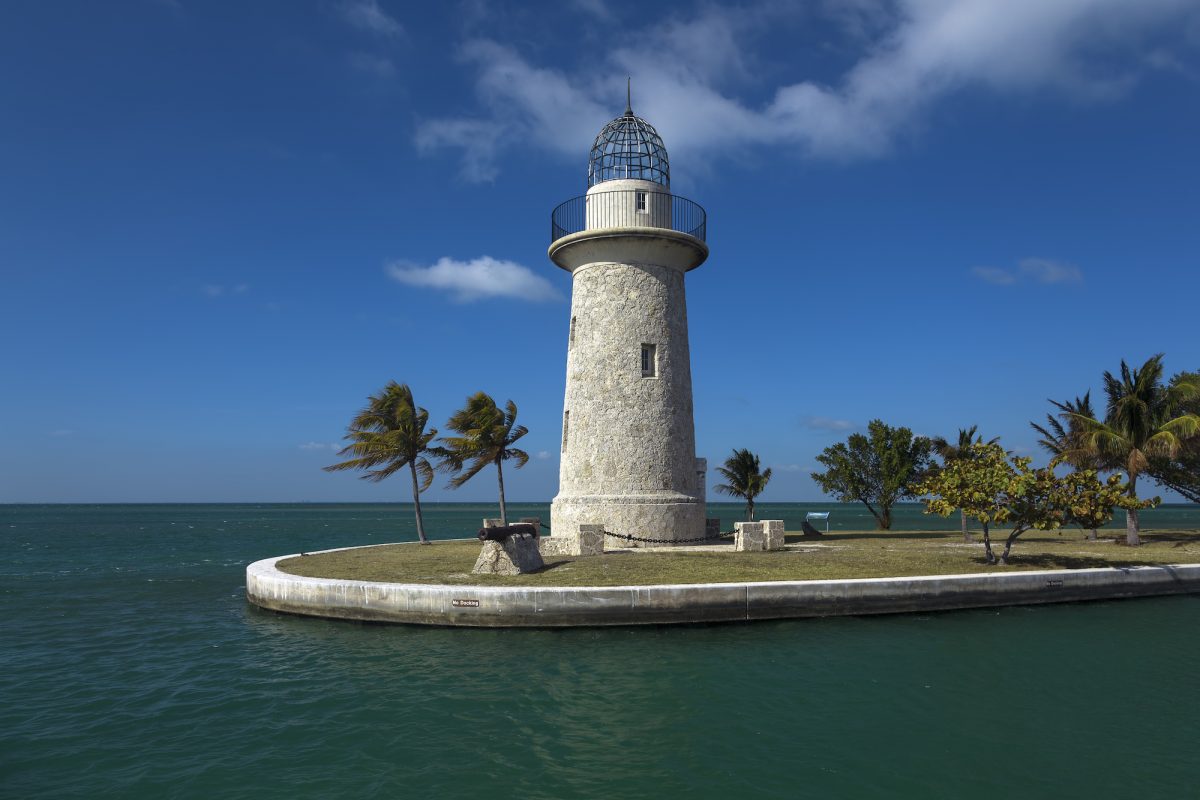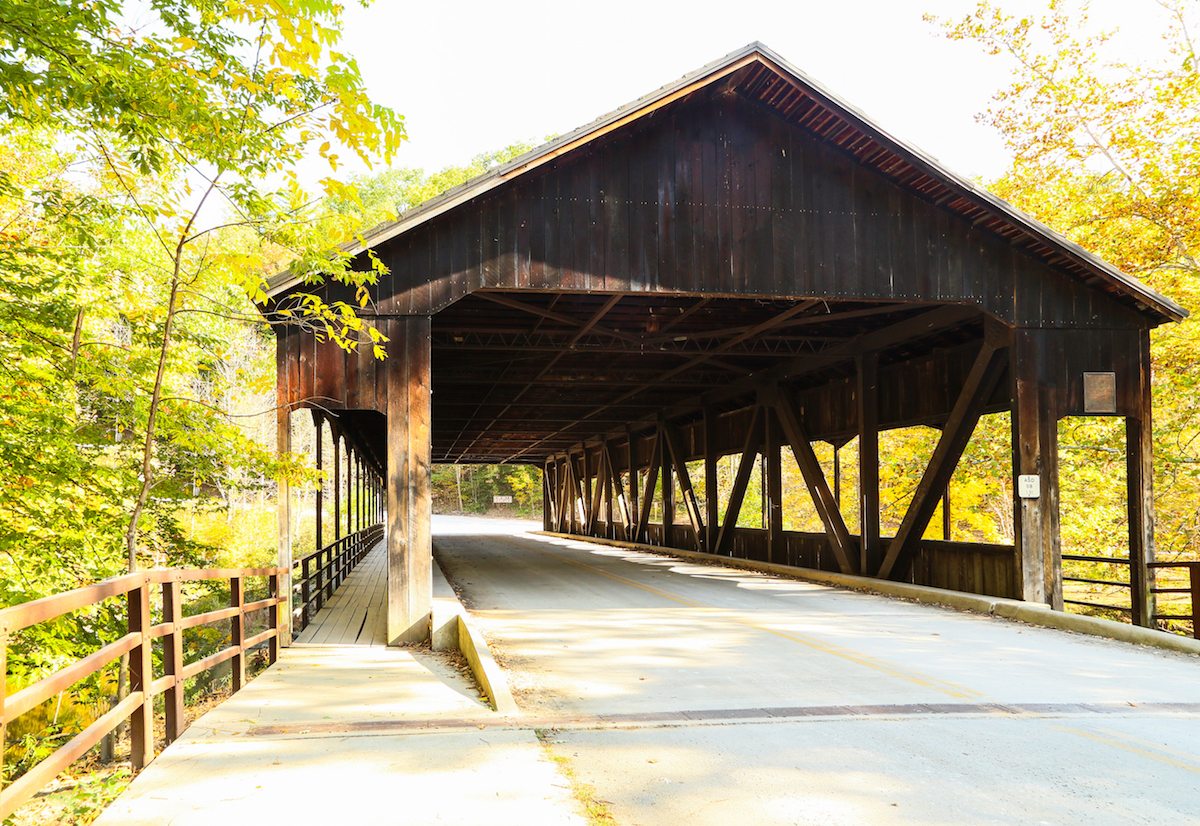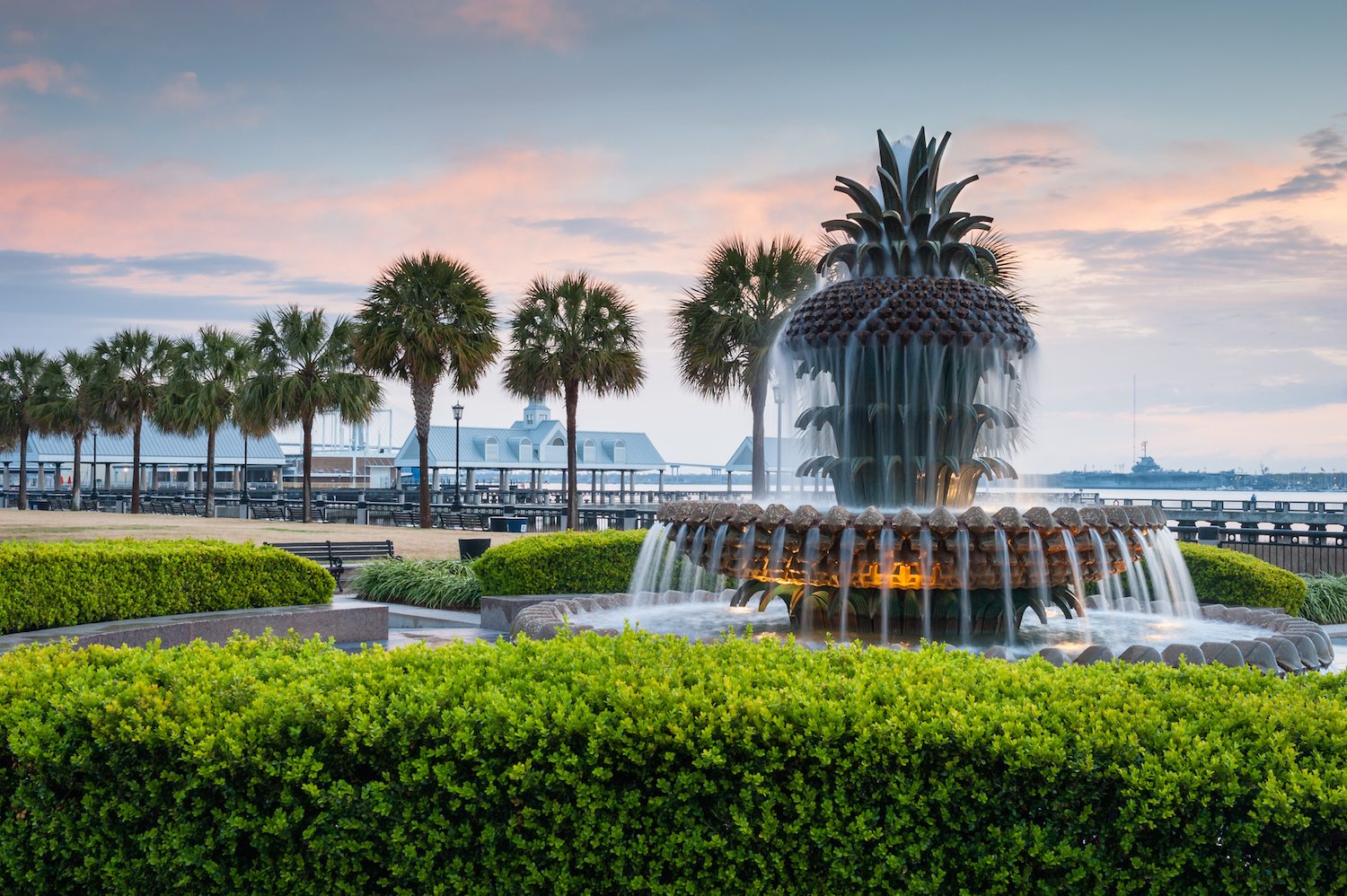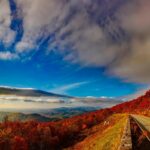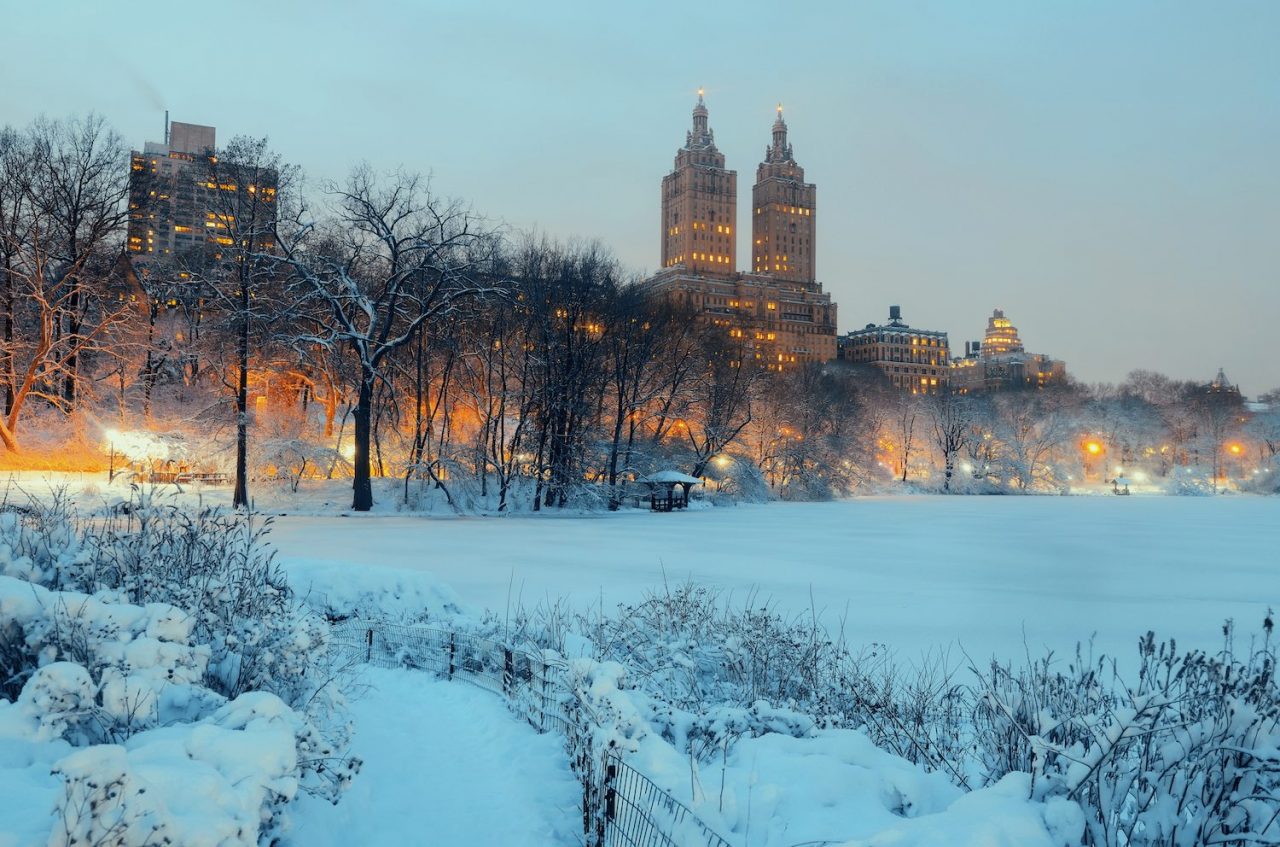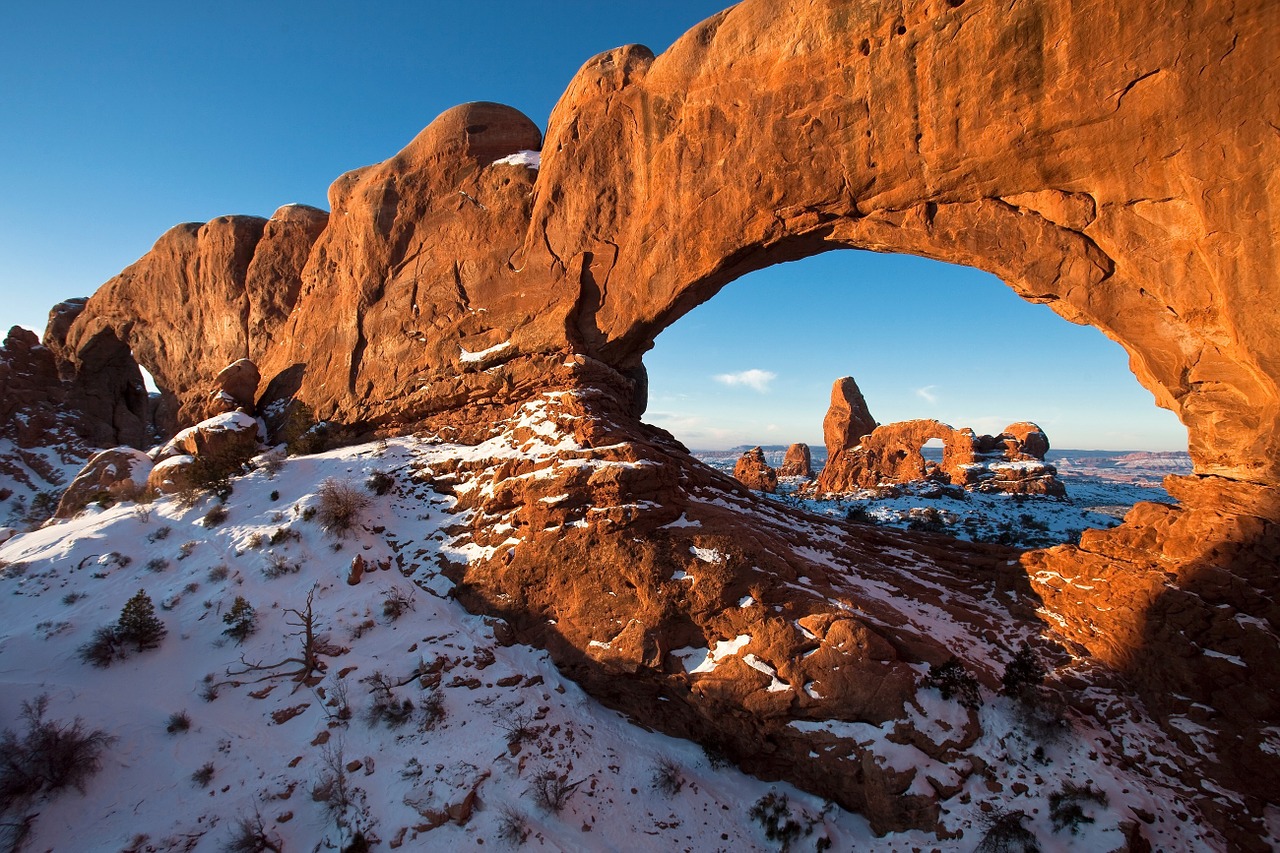If you seek the highest peaks, and you’re in the United States, you’ll find yourself on the move often. A great way to see the country you love is with road trips to each of your mountaineering destinations. Plan far in advance, make sure you are equipped with the right gear, then hit the road; the mountains await. But what are the best peaks in the U.S.? Here’s a look at the best peaks to visit on this epic road trip and what you’ll need.
Road Trip Readiness
You’ll need a rugged, reliable vehicle for this trip. Whether it’s a Subaru Outback or a Toyota Tacoma, a vehicle that can withstand snow, potholes, unpaved roads and thousands of miles is a must. Before you leave, make sure you get a full tune-up. The oil should be changed, tires rotated, spark plugs checked and brakes tested. Make sure you have a reliable spare tire, car jack and tire iron, as well as a couple quarts of oil. Also, it helps to put together a road trip checklist so you’re well prepared for any eventuality.
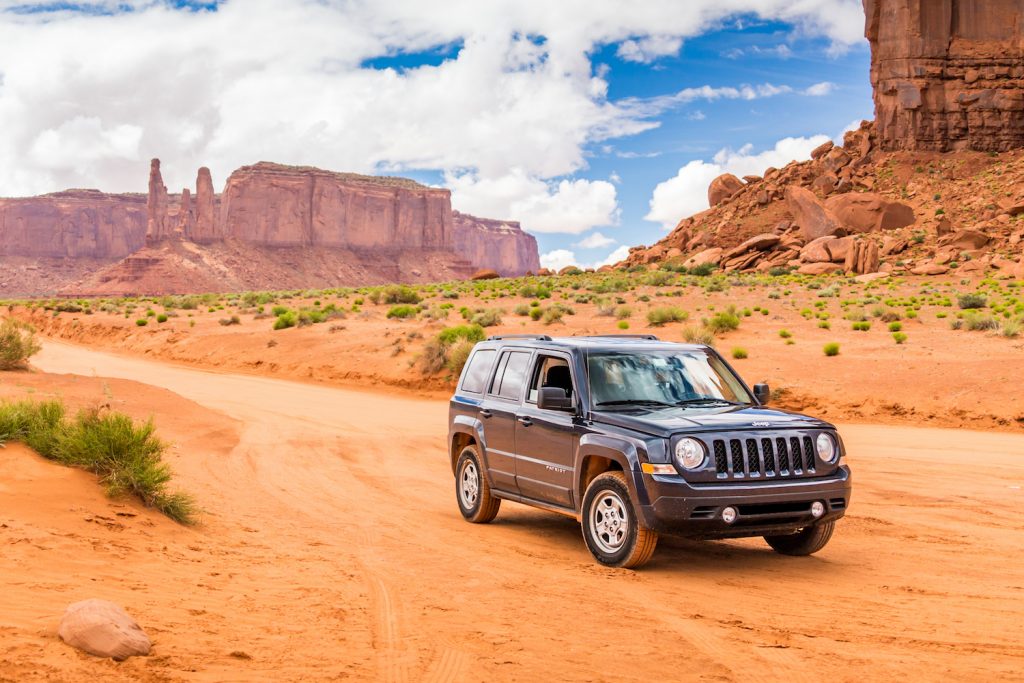
Mountaineering Gear and Skills
The essentials for mountaineering are twofold — there’s gear and then there are skills. Mountaineering rope, harnesses and boots are just the beginning. A four-season tent, crampons, carabiners and a navigational device are also essential. A smartphone that can utilize topographical maps is a useful tool as well. And if you plan on higher summits in wet climates, a waterproof phone like the Samsung Galaxy S7 edge is a must-have. The S7 edge is also compatible with SatSleeve, which turns a smartphone into a satellite phone so you can make a call in case of emergency.
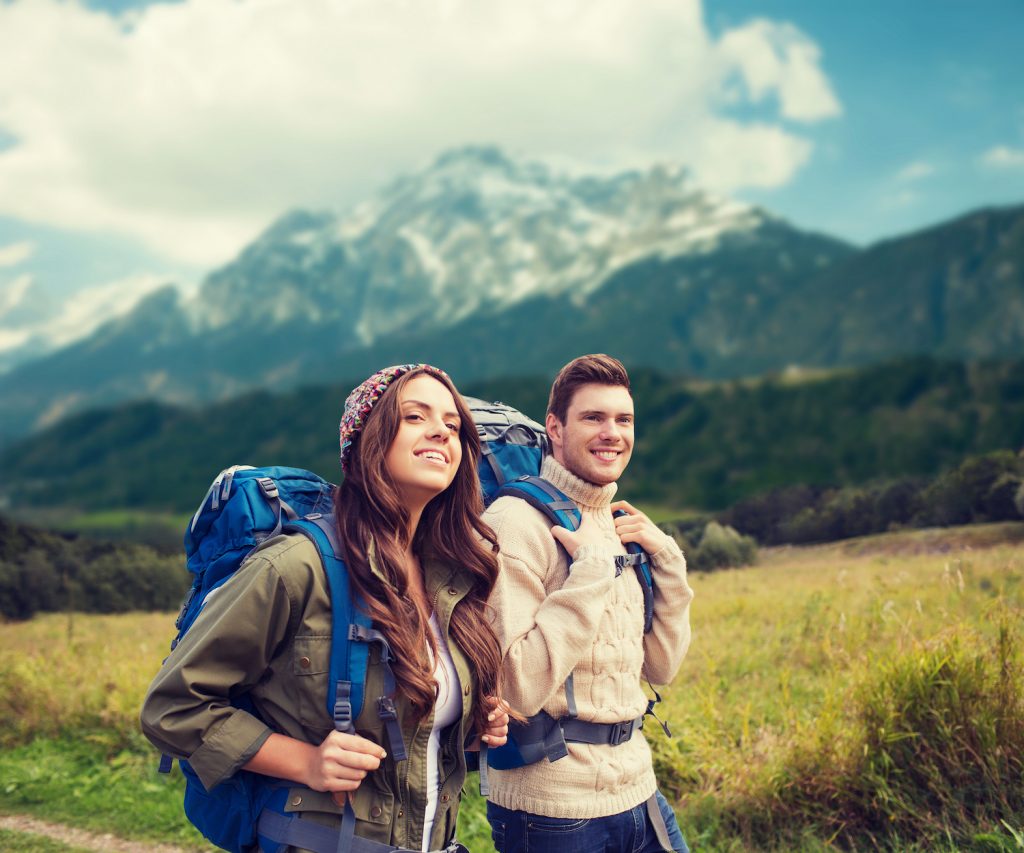
There are also numerous skills that you’ll need to ensure your safety. Before you scale any glaciers, make sure you: know the knots you’ll use backward and forward, are proficient in prusiking (in case you fall in a crevasse) and are in top physical condition. Once you hit thin air you’ll need all of your strength, as will your climbing partners. Make sure you have a team you know and trust, as the line is only as strong as the weakest climber on your team.
The Peaks
Mount Whitney is the highest peak in the lower 48 states, at 14,495 feet above sea level. This summit is for those who enjoy a long-distance climb as well as the view at the top. The trail is 10.3 miles (one-way) and gains over 6,000 feet in elevation. Be prepared with hard hats on this mountain, as loose scree slopes can be dangerous. Mount Whitney is located in the Sierra Nevada range, east of San Francisco. Climb this peak in late summer so that special equipment like ice axes and crampons won’t be needed.

Avalanche Peak, in Yellowstone National Park, is another noteworthy peak. This rough trail may seem better suited for mountain goats, but it will lead you up 2,100 feet. In the heart of the park, you’ll be treated to sweeping views of the nearby mountains. This is a moderate to difficult hike, five miles round trip. Make time to do it in a single day as overnight camping isn’t allowed in Yellowstone, except in designated areas.
Wildrose Peak, in Death Valley, is a sight to behold even from afar. The mountains rise above the desert and the summit is commonly peppered with a light snow. At just over 9,000 feet, Wildrose is a manageable 4.2-mile hike. The trail is open year-round and camping is offered about seven miles from the trailhead.

